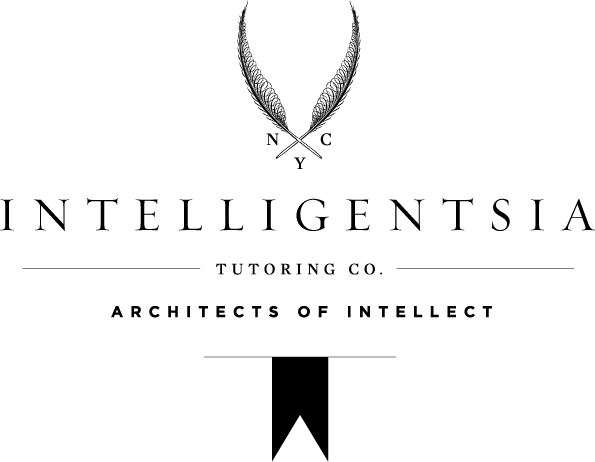Behind our fleet of talented tutors and on the other side of every parent email, phone call, or text message is Annie Sullivan, Intelligentsia’s Program Director. Even though she oversees our student development, not all of our students or clients get to know Annie the way that they know their tutors. For that reason, and because we think she’s amazing, we’re taking a moment to highlight our incredible Program Director.
Annie, hello! Would you let us know where you grew up and what your lower and secondary education looked like?
I was born in Boston and lived on Cape Cod until I was five, when we relocated to NYC for my mom’s job. I then attended Convent of the Sacred Heart 91st street for 11 years, before switching to Professional Children’s School for the last two years of high school, because at the time I was pretty seriously pursuing a career in music. As of this month, I have lived in NYC for 25 years!
Did you stay in the city for college? What did you study?
I did! I have a BA & MA in media studies from the New School (Eugene Lang & New School for Public Engagement). BA in liberal arts, concentrating in music & media studies, and an MA in media studies, focusing in cultural studies (the intersections of technology, philosophy, art and death anxiety & occult beliefs).
What were the challenges you faced in your education journey? How did you navigate them?
Right after I moved to NYC, I was diagnosed with dyslexia and dyscalculia (essentially dyslexia for math). I was very lucky because my father is also dyslexic, so my parents were vigilant in watching for the warning signs, to be sure if my sister or I had it we’d be able to get the support we needed as soon as possible. The biggest challenges for me have been: 1. Learning how I learn and how to advocate for myself in academic environments, and later, work environments; 2. Having the self-confidence in my own intellect and ability despite not fitting into the “normal” mold of how people learn.
Read more


